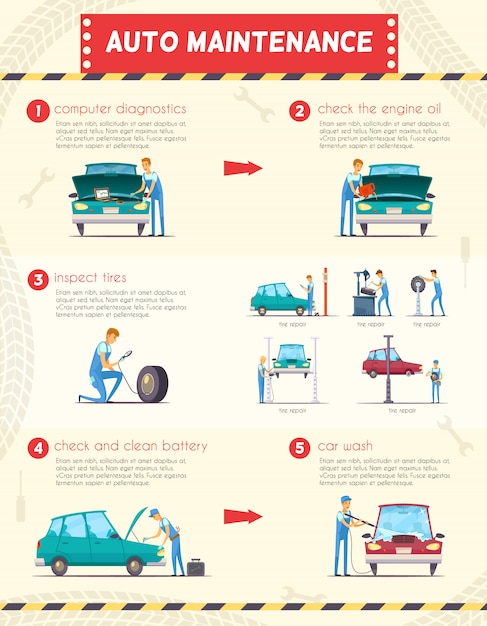A Newcomer'S Handbook For Interpreting Your Automobile'S Alert Lights
A Newcomer'S Handbook For Interpreting Your Automobile'S Alert Lights
Blog Article
Post Author-Gunter Isaksen
When you lag the wheel, those little caution lights on your vehicle's dashboard can be rather bewildering. What do they suggest, and should you be worried? Comprehending these signals is critical for your car's wellness, but it doesn't have to be a complicated job. By translating the secret behind each light, you'll be geared up to handle potential issues efficiently and keep your cars and truck running efficiently. So, next time a caution light flashes, don't panic - arm on your own with expertise and take control of the circumstance.
Importance of Cars And Truck Warning Lights
Understanding the relevance of your car's caution lights is vital for preserving your vehicle's health and safety. These lights act as your automobile's communication system, alerting you to prospective issues that might jeopardize your security when traveling or cause expensive repair work if neglected. By focusing on these warnings, you can resolve troubles early and stop additional damages to your vehicle.
Disregarding alerting lights can lead to significant repercussions, such as engine failing, brake breakdowns, or even mishaps. These lights are created to alert you of issues ranging from reduced tire pressure to engine breakdowns, offering you the opportunity to do something about it before the scenario intensifies. Routinely checking and recognizing these warnings can save you time, money, and guarantee your safety and security while driving.
Along with keeping you risk-free, responding promptly to advising lights can likewise aid lengthen the life expectancy of your cars and truck. By dealing with concerns early, you can avoid small issues from rising right into significant fixings, eventually conserving you time and money in the future. Bear in mind, your automobile's caution lights are there for a reason - don't ignore them!
Common Caution Lights and Meanings
When it concerns driving your vehicle, recognizing usual caution lights and their significances is crucial for your safety and security and car upkeep. Below are a few usual warning lights you may experience:
1. ** Check Engine Light **: This light suggests an issue with your engine. Maybe something minor like a loose gas cap or something extra severe like engine misfiring.
2. ** Battery Light **: This light signals an issue with your car's billing system. It can indicate a damaged battery, alternator, or various other relevant parts.
3. ** Oil Stress Light **: When this light begins, it indicates your engine might be running low on oil or experiencing reduced oil pressure, which can cause engine damage otherwise attended to immediately.
4. ** Brake System Light **: This light shows a concern with your stopping system. It can imply low brake liquid levels or an issue with the brake system that requires instant attention.
Understanding european auto repair will certainly aid you identify possible issues early on and prevent even more substantial troubles down the road.
Exactly how to React To Caution Lighting
In the event that a caution light brightens on your auto's dashboard, it's crucial to react promptly and appropriately. When a caution light comes on, the very first step is to consult your proprietor's handbook to comprehend the specific issue indicated by the light.
Some lights need instant attention, while others may show a less immediate issue. If the warning light is red or flashing, it's generally an indicator of a significant problem that requires instant action. In such instances, it's advisable to pull over safely, shut off the engine, and look for professional assistance.
For yellow or orange warning lights, while they may not call for immediate attention, it's still vital to deal with the underlying problem quickly to avoid more damage. Normal upkeep and evaluation can assist protect against warning lights from coming on suddenly.
Final thought
To conclude, recognizing your cars and truck's warning lights is crucial for maintaining your automobile's health and wellness. By regularly inspecting and responding to these warnings, you can attend to potential problems early and prevent expensive repair services or safety risks. Remember to consult https://www.tirereview.com/economic-indicators-auto-repair/ for info on various warning lights and always take instant activity for red or blinking lights. Remain aggressive and keep your car running efficiently!
